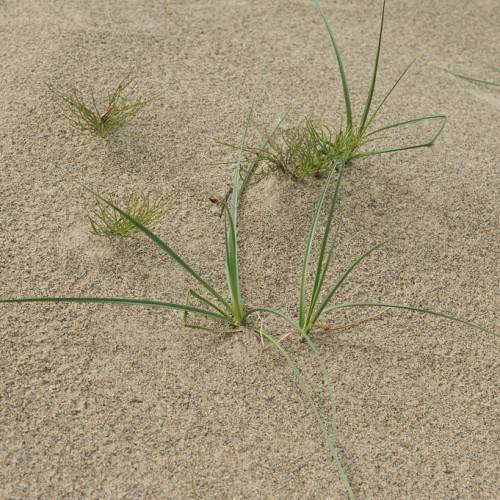
Baikal Sedge
Carex sabulosa
Also Known As - Sand SedgeWatering:
Minimal
Hardiness Zone:
Flowers:
Flowers
Sun:
full sun,part shade
Soil:
Sand
Leaf:
Yes
Growth Rate:
Low
Salt Tolerant:
Yes
Care Level:
Medium
watering
Snowbed Sedge needs regular watering but should not be waterlogged. During the spring and summer, the soil should be kept moist but not overly wet. Water the soil deeply but not too often, generally once or twice a week. During the winter, watering should be reduced to allow the plant to become dormant. Water only when the top of the soil is dry.
sunlight
Snowbed Sedge requires full sun to partial shade conditions for best growth and flowering. It tolerates both wet and dry conditions but prefers soil that is consistently moist. Snowbed Sedge should receive around 6 hours of direct sun per day. Morning sun and afternoon shade are ideal, as too much intense afternoon sun can scorch its foliage.
pruning
Snowbed Sedge can be pruned in late spring or early summer before it has a chance to flower. For best results, wait for new growth to reach 8-12 inches tall before pruning. Pruning before this could reduce flowering. Prune the plant by snipping off the flower heads just above the foliage. Depending on the size of the plant, this can range from a few snips to a moderate trim. Keep in mind that pruning back the foliage too much can harm the plant, so make sure to take only the minimum amount necessary.
